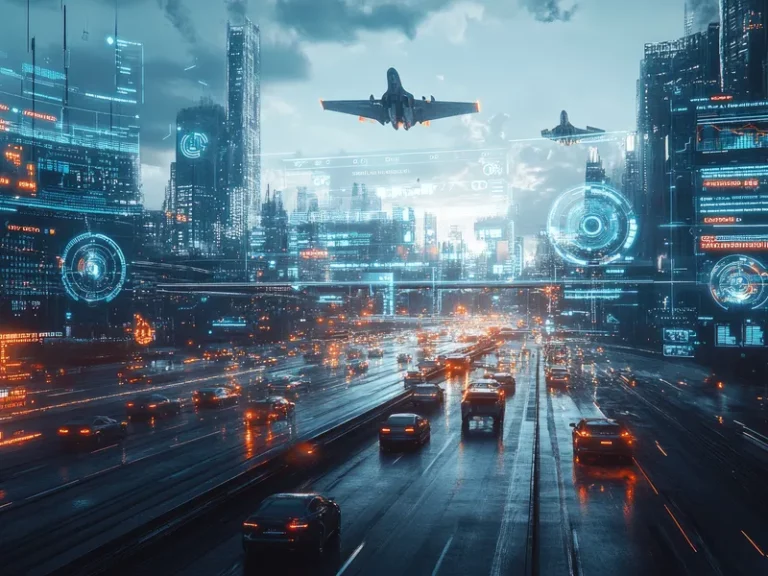The transportation industry is no longer defined solely by roads, rails, and runways. Behind every shipment, ticketing system, smart vehicle, and air traffic route lies a complex digital ecosystem, one that has become an attractive target for cybercriminals. As transportation becomes more automated, connected, and data-driven, the risk of disruption expands far beyond delays and logistics failures. Today, a cyberattack does not just stop movement; it can jeopardize safety, national security, and public trust.
The shift toward digital infrastructure was meant to create efficiency. It also exposed a critical truth: transportation networks were built to move people and goods, not to defend against modern cyber threats. That gap is where danger begins.
A Moving Industry Under Digital Fire
From airline reservation systems to maritime GPS tracking, every segment of transportation now relies on real-time data exchanges. This interconnectivity makes operations faster, but it also means that a single point of failure can cascade into a nationwide disruption. A ransomware attack can ground flights, paralyze ports, or lock smart-toll systems across cities.
Cybercriminals no longer need physical access to sabotage infrastructure. They target exposed APIs, outdated operational technology, and unsecured IoT devices that power traffic lights, fleet sensors, and autonomous systems. When transportation goes digital, the attackers follow, and they move just as fast.
The High Stakes of a Single Breach
Unlike other industries, downtime in transportation is not merely an inconvenience; it can endanger lives. A compromised railway signaling network could trigger collisions. A hacked EV charging grid could halt deliveries across entire regions. Even a “simple” data breach in a ticket app exposes passenger identity, travel routes, and payment details.
When cyber incidents escalate into physical consequences, the impact is felt not only by organizations but also by governments, economies, and millions of citizens who depend on mobility every day. That is why cybersecurity in transportation is no longer an IT priority, but a public safety obligation.
Defending a System That Never Stops
Transportation cannot afford downtime, but cyber defense cannot wait. That creates a unique challenge: securing moving systems that run 24/7, across borders, vendors, and legacy technologies. Many fleets still operate on outdated embedded systems that were never designed to be patched. Others rely on third-party cloud platforms where one misconfiguration can expose an entire supply chain.
This is where modern security strategy must evolve, from reactive incident response to proactive resilience. Visibility across IT and OT, continuous threat monitoring, and zero-trust architecture are no longer “advanced measures”; they are baseline requirements for a sector where any breach can escalate into a crisis.
The Industry Is Transforming and So Must Its Security
Transportation is entering an era where digital trust is as important as physical safety. Whatever the vehicle or network, security must now travel with the system, not surround it from the outside. The organizations that move first, building real-time detection, rapid isolation procedures, and secure-by-design infrastructure, will be the ones that keep people, goods, and operations in motion.
At Terrabyte, we help transportation organizations strengthen every layer of their digital ecosystem, from critical network controls to endpoint devices traveling across thousands of miles. By combining threat intelligence with an industrial-grade cybersecurity strategy, Terrabyte enables the transportation sector to stay connected, protected, and always moving forward.



